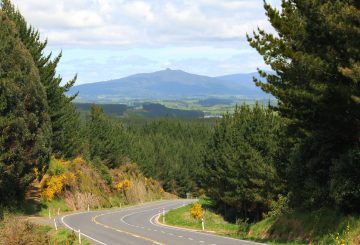パデュー大学の最近の調査によると、ニュージーランドは幸福の達成に関しては7番目に費用のかかる国であり、年収193,727ドル、つまり114,597米ドルが必要です。対照的に、2022年の平均世帯収入は約117,126ドルでした。
同大学の調査では、収入と生活の質の関係を評価し、世界の「幸福収入」は100,000ドルから125,000ドルの範囲であると判断しました。この最新の調査では、幸福にかかるコストに基づいて164か国をランク付けし、さらに500以上の都市を分類しています。外貨両替会社のS Moneyは、このランキングに同大学のデータを使用しました。
このリストでは、オーストラリアがニュージーランドを上回り、幸福度が3番目に高い国としてランク付けされています。ブリスベンやシドニーなどの都市は、世界で最も物価の高い都市のトップ10に入り、ブリスベンの幸福コストは225,511ドルに達しました。
比較的安価な国としては、シエラレオネが年間14,711ドルと最も満足できる国として注目されました。さらに、コロンビアのブカラマンガは、年間わずか16,900ドルで幸福度を高め、世界で最も費用対効果の高い都市となっています。
オークランドはニュージーランド国内で最も幸福度が高い都市で、年間207,000ドルを必要としています。一方、調査対象となったニュージーランドで最も手頃な都市であるクライストチャーチでは、年間18万ドルの生活費が求められています。
幸福と生活費の間には関係があるが、「不幸」から身を守るために必要な金額も重要だ。イランは、幸福を達成するのに世界で最も費用がかかる国として認識されており、平均所得は大幅に低いものの、費用は239,700米ドルに設定されています。
さらに、お金で本当に幸せを買うことができるのかという議論は長年続いています。ハーバード大学の心理学部によると、富と喜びの関係はごくわずかだそうです。とはいえ、幸福を求める人々にとって、休日は大きな投資だと考えられています。ハーバード大学のダニエル・T・ギルバート教授は、休暇を期待する喜びは、実際の経験を上回ることが多いと示唆しています。小規模で頻繁な旅行は、数回の大きくて贅沢な旅行よりも多くの幸せをもたらすと信じられています
。





























































